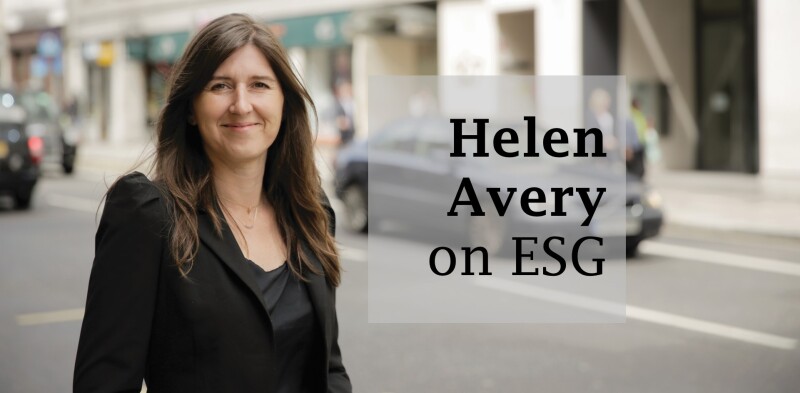
Environmental and political writer George Monbiot recently made the salient point that while Shell launched a $300 million fund in April to invest in natural ecosystems, it also invested $25 billion into oil and gas in 2018, including exploration for new fossil fuel reserves.
When I am reminded of how little the large energy companies are doing regarding transitioning to a low-carbon economy and of the excuses given, I think about the story of how Dong Energy became Ørsted.
A little over 10 years ago, when Ørsted was Dong Energy, it had only a few wind projects. The main part of the company’s business was drilling for oil and gas in the North Sea, selling and distributing power and gas to end-customers in Denmark and operating combined heat and power stations.
The stations were based on coal, oil and natural gas; Ørsted alone was responsible for half of Denmark’s CO₂ emissions.
In 2018, by comparison, 75% of the firm’s total energy generation came from renewable sources – by 2025 that will be 99%. The carbon intensity of its energy generation was 72% lower than 2006 levels – its target is 98% by 2025.
